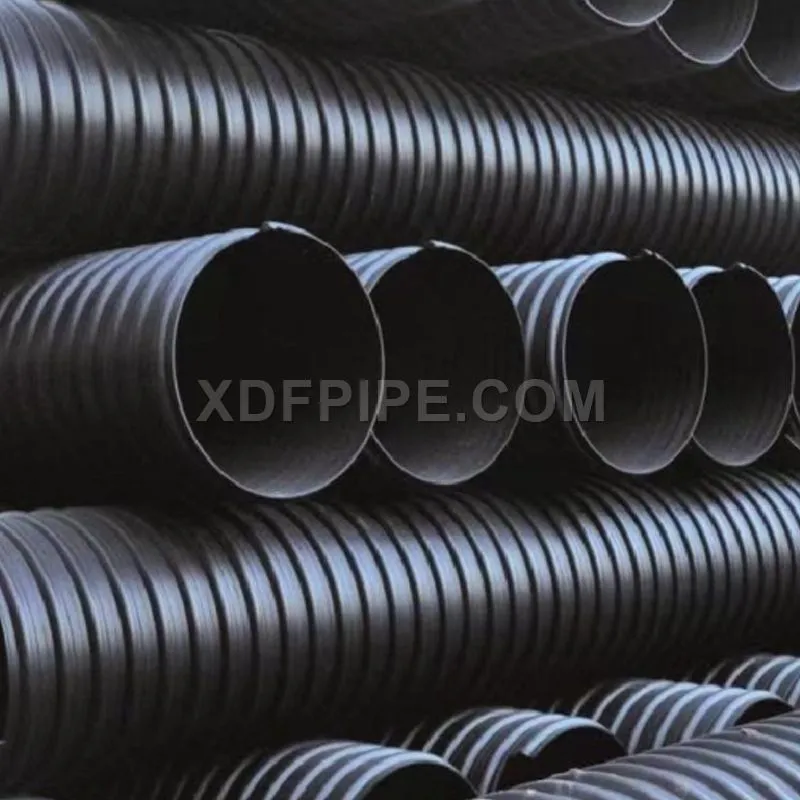When it comes to drainage systems, selecting the right type of pipe is crucial for ensuring optimal performance and longevity. PVC (Polyvinyl Chloride) and HDPE (High-Density Polyethylene) are two popular choices, each with its unique characteristics. In this comprehensive guide, we delve into the differences between PVC and HDPE drainage pipes to help you make an informed decision for your specific needs.

PVC a synthetic plastic polymer, is widely recognized for its durability and versatility. The material is renowned for being corrosion-resistant and lightweight, making it an ideal choice for various applications, including drainage systems. The smooth interior of PVC pipes ensures efficient water flow, minimizing the risk of clogs.
Cost-Effective: PVC pipes are generally more affordable than their HDPE counterparts, making them a budget-friendly option for drainage solutions.
Ease of Installation: The lightweight nature of PVC pipes simplifies the installation process, reducing labor costs and installation time.
Chemical Resistance: PVC exhibits excellent resistance to various chemicals, making it suitable for environments with potentially corrosive substances.
HDPE on the other hand, is a thermoplastic known for its high strength and flexibility. The material boasts exceptional resistance to impact, making it an excellent choice for applications that demand robust performance. HDPE drainage pipes are renowned for their longevity and ability to withstand harsh environmental conditions.
Durability: HDPE pipes have a longer lifespan compared to PVC, making them an investment in long-term drainage infrastructure.
Flexibility: The flexibility of HDPE pipes allows for easy adaptation to changing ground conditions, minimizing the risk of cracks or breaks.
Environmentally Friendly: HDPE is a recyclable material, contributing to sustainability efforts and reducing environmental impact.
While PVC pipes are more cost-effective upfront, it's essential to consider the long-term costs. HDPE's superior durability and longevity often result in lower maintenance expenses and fewer replacements over time, offsetting the initial cost difference.
HDPE takes the lead in environmental considerations due to its recyclability. PVC, while versatile, may pose challenges in disposal and recycling processes.
Choosing between PVC and HDPE should be based on the specific requirements of your drainage system. PVC may be suitable for lighter-duty applications, while HDPE excels in heavy-duty scenarios with demanding environmental conditions.
In conclusion, the choice between PVC and HDPE drainage pipes depends on various factors, including cost considerations, environmental impact, and the specific demands of your drainage system. Both materials have their strengths, and understanding their unique features is essential for making an informed decision.
Previous: The Benefits of PCR Packaging
Next: None.
Copyright:@2020-2021
Comments Please sign in or sign up to post.
0
0 of 500 characters used